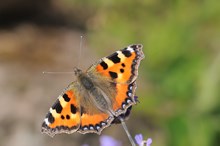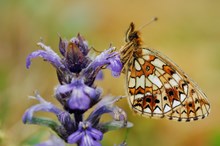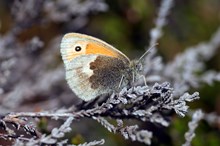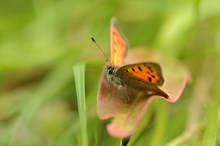31 October, 2019
Climate change impact on butterflies revealed
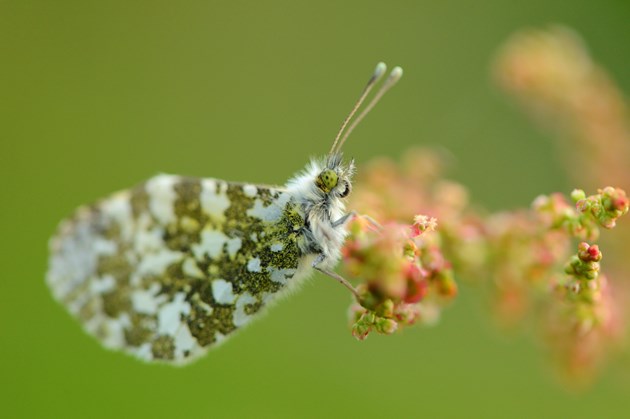
Butterfly populations remain stable in Scotland but climate change is having a variable impact on different species.
The latest Scottish Biodiversity Indicator published by Scottish Natural Heritage (SNH) examines the long-term trend for butterflies since 1979.
The warming summer climate has pushed the distribution of some species northwards, but this has been balanced out by the negative effects of warmer and wetter winters and poor land management practices in some habitats.
Populations of orange-tip, small heath, ringlet, small pearl-bordered fritillary and red admiral butterflies have all experienced significant increases.
Meanwhile there have been decreases in the numbers of grayling, small tortoiseshell and small copper butterflies.
Habitat loss, climate change, urban development and increased nitrogen deposition have all been linked to declines.
Recent research has shown that milder wetter winters in particular are having a negative impact on some species including the small tortoiseshell.
Simon Foster, SNH Trends and Indicators Analyst, said: “While butterfly populations in Scotland have remained stable overall, a closer look at the data reveals that climate change is impacting differently on different species.
“While the range of some established or expanding butterfly populations has been pushed northwards as a result of warming summers, other species are struggling to cope.
“We know that nature-based solutions are crucial to helping us tackle the climate emergency, and together with partners we are working on a range of projects to help pollinators such as butterflies.
“Members of the public can also do their bit – for example planting butterfly-friendly native plants can help populations locally, and leaving nettles alone will ensure an essential food plant for small tortoiseshells. Providing a nice dry area such as a log pile or an old shed left partly open can also provide essential overwintering conditions for small tortoiseshell and peacock butterflies.”
Another way to help is to get involved in counting butterflies locally through initiatives such as Butterfly Conservation’s Big Butterfly Count: https://www.bigbutterflycount.org/
ENDS
For more information or interviews, contact the SNH press office on snhmedia@nature.scot or 0131 316 2655.
Contact information
- Name
- NatureScot Media
- Telephone
- 0131 316 2655
- media@nature.scot
Notes to editors
Read the full Scottish Biodiversity Indicator - Butterflies.
The indicator is a multi-species index compiled by Butterfly Conservation and the Centre for Ecology & Hydrology, using data primarily from the UK Butterfly Monitoring Scheme (UKBMS).
Through the Pollinator Strategy for Scotland, SNH is taking action to create and improve habitat for pollinators, provide courses to help volunteers identify and record species, encourage developers to include habitats for pollinators in their projects, provide guidance and advice for land managers and support robust and improved monitoring and surveying.
SNH is also raising awareness of the importance of pollinators more widely, through steps such as promoting wildlife friendly gardening, supporting community action through initiatives such as the Keep Scotland Beautiful pollinator-friendly award and managing our own National Nature Reserves to create pollinator-friendly habitats.
NatureScot is Scotland's nature agency. We work to enhance our natural environment in Scotland and inspire everyone to care more about it. Our priority is a nature-rich future for Scotland and an effective response to the climate emergency. For more information, visit our website at www.nature.scot or follow us on X at https://x.com/NatureScot
’S e NatureScot buidheann nàdair na h-Alba. Bidh sinn a’ neartachadh àrainneachd na h-Alba agus a’ brosnachadh dhaoine gu barrachd suim a chur ann an nàdar. Tha e mar phrìomhachas againn gum bi nàdar na h-Alba beairteach agus gun dèilig sinn gu h-èifeachdach le èiginn na gnàth-shìde. Tha an tuilleadh fiosrachaidh aig www.nature.scot no air X aig https://x.com/NatureScot


